Industry chambers on Friday said that GDP growth of 7.8% for Q1 FY26 is a testament to the Indian economy's resilience, signals strong momentum at the start of the fiscal year, and will help boost business sentiments when the country is facing global headwinds.
India's real GDP is estimated to have grown by 7.8% in the April-June quarter of the financial year 2025-26, surpassing the 6.5% growth rate in the same quarter of the previous fiscal, according to official data released on Friday.
The National Statistics Office (NSO), Ministry of Statistics and Programme Implementation (MoSPI), released the Quarterly Estimates of Gross Domestic Product (GDP) for the April-June quarter of financial year 2025-26.
India's nominal GDP grew at an 8.8% rate during the April-June quarter.
The Agriculture and Allied Sector observed a Real GVA (gross value addition) growth rate of 3.7%, compared to 1.5% in Q1 of the last financial year.
Secondary sectors, prominently Manufacturing (7.7%) and Construction (7.6%), registered above 7.5% growth at constant prices in this quarter.
Mining and Quarrying (-3.1%) and Electricity, Gas, Water Supply and Other Utility Services (0.5%) saw moderated real growth rates during Q1 of 2025-26.
In 2024-25, the Indian economy grew by 6.5% in real terms. The Reserve Bank of India had projected 6.5% GDP growth for the fiscal year 2024-25.
Reacting to the growth figures, ASSOCHAM President Sanjay Nayar said India's real GDP surged by a robust 7.8% in Q1 of FY 2025-26, well above the 6.5% recorded a year earlier, signalling strong momentum at the start of the fiscal year.
"The services sector added further strength with 7.6% real GVA growth, reflecting deepening dynamism across key areas. This encouraging performance underscores India's resilience and adaptability, reaffirming its vibrant growth trajectory and ensuring the nation will confidently sail through prevailing global headwinds," he said.
Jyoti Vij, Director General, FICCI, said the GDP growth of 7.8% for Q1 FY26 is a testament to Indian economy's resilience.
"The strong growth has come at a juncture when the country is facing significant global headwinds and will help boost business sentiment. Indian industry will be able to navigate near-term external challenges on the back of strong domestic demand, opening up new market opportunities through our recent trade agreements as well as various policy measures, particularly the upcoming rationalisation of GST rates," she said.
PHDCCI President Hemant Jain said the growth was largely driven by an increase in the tertiary sector, followed by manufacturing and agriculture sectors.
"In Q1 FY 2025-26, India's economy grew at 7.8% over 6.5% during Q1 FY 2024-25, driven by buoyant growth in the tertiary sector, followed by manufacturing and agriculture sectors. India's economy has maintained a resilient growth trajectory, with real GDP increasing by 7.8% in Q1 FY 2025-26. In nominal terms, GDP grew by 8.8%, highlighting India's steady pace towards Viksit Bharat@2047," he said.
"The Agriculture, Livestock, Forestry, and Fishing sectors recorded 3.7% growth owing to a steady monsoon. Manufacturing grew by 7.7%, accompanied by robust growth in the tertiary sector of 9.3% for Q1 FY 2026. This points to stable and strong development despite global volatilities," he added.
Hemant Jain stated that Gross Fixed Capital Formation (GFCF) increased by 7.8% in Q1 FY2026, indicating sustained investment momentum in the country.
India's growth was boosted by government final consumption expenditure, growing by 7.4% during the same period.
"Additionally, structured reduction in MPC rates, accompanied by softening CPI and WPI inflation, resilient rural consumption, revival of urban consumption, and government CAPEX are supporting India's growth trajectory," he said.
Going forward, the government's focus on enhancing ease of doing business, strengthening supply chains, and structural reforms is expected to propel India's growth momentum, Hemant Jain said.
DK Srivastava, Chief Policy Advisor, EY India, said that Q1 2025-26 real GDP growth at 7.8% outperforms RBI's expectations of 6.5% (August 2025 monetary policy statement) by a tangible margin.
"Significant improvements in the growth rate in the first quarter covering April to June 2025-26, compared to the average growth in the last four quarters, are notable in manufacturing and the three services sectors—trade, transport, hotels; financial, real estate; and public administration. These four sectors together account for 72.1% of real GVA in 2024-25," he said.
Srivastava said growth in agriculture at 3.7% is robust, although marginally less than the four-quarter average of 4.4%.
"On the demand side, growth has been driven mainly by government contribution through higher capital expenditure. This is reflected in high growth in gross fixed capital formation at 7.8%, higher than the last four-quarter average of 7.0% by 0.8 percentage points. Government final consumption expenditures, which averaged 2.9% growth over the last four quarters, grew by 7.5% in Q1 2025-26. The only vulnerable segment is exports, which grew at 6.3%, lower than imports at 10.9%, making net exports a negative contributor at (-)1.4 percentage points after averaging 2.2% points previously," he said.
Srivastava added that fiscal data for the first four months show robust growth in central government expenditures of 20.2%, with capital expenditure growing 32.8% and revenue expenditure by 17.1%. However, tax revenues were subdued, with direct taxes contracting by (-)4.3%.
"Going forward, net exports are expected to continue facing challenges. The GoI must continue fiscal support through government capital expenditures and improve tax revenue performance," he said.

 2 hours ago
1
2 hours ago
1





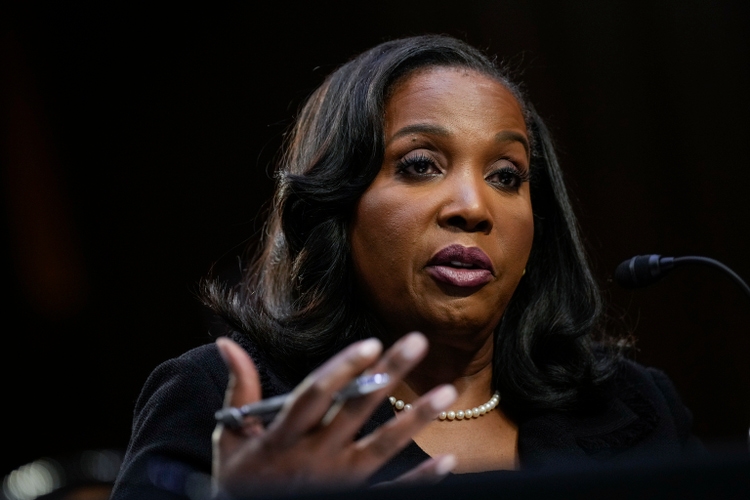


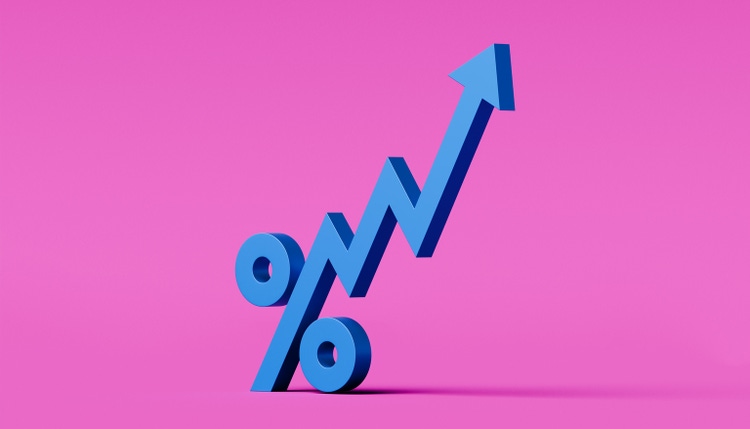


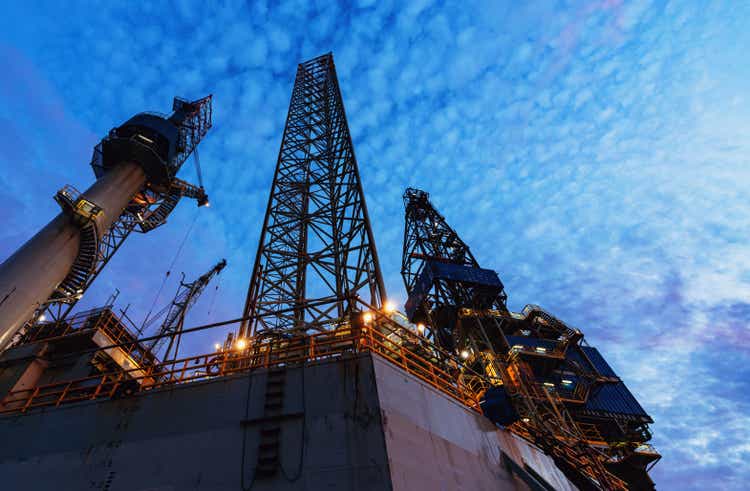
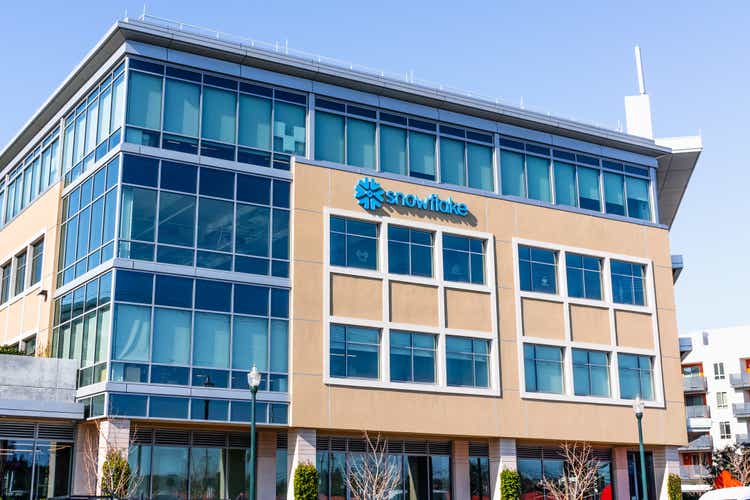
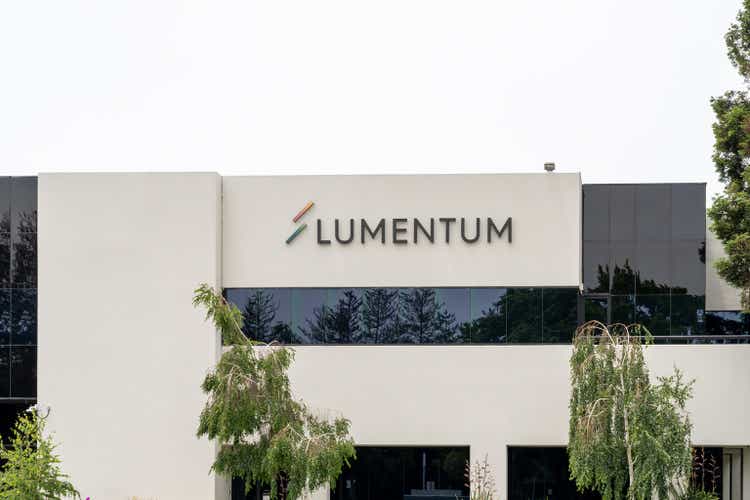


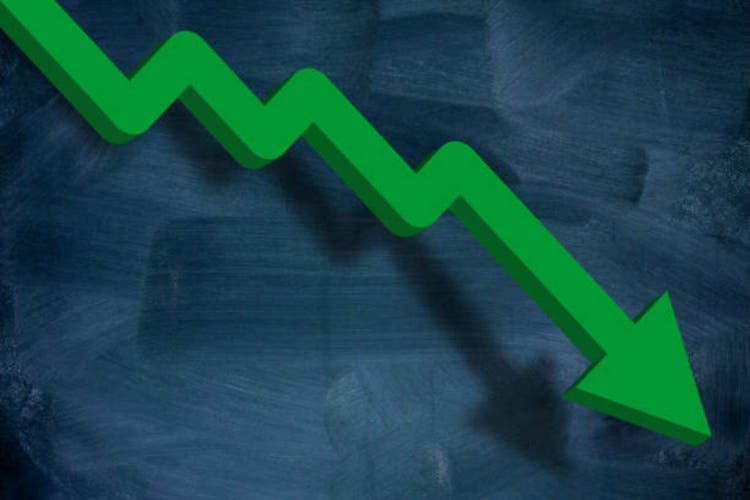
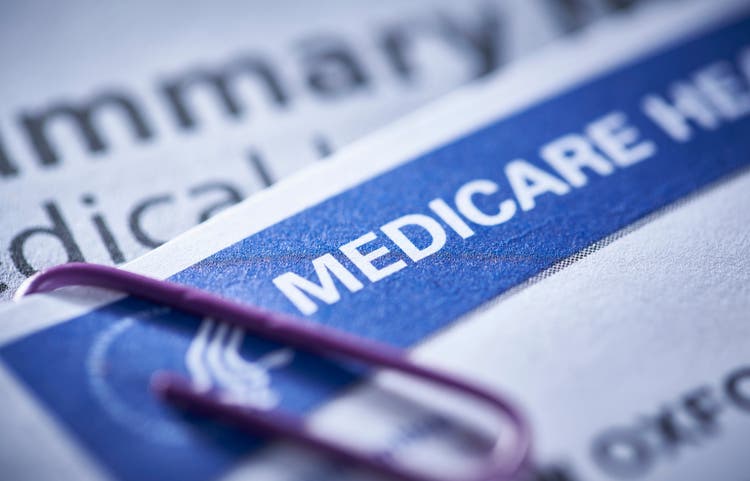

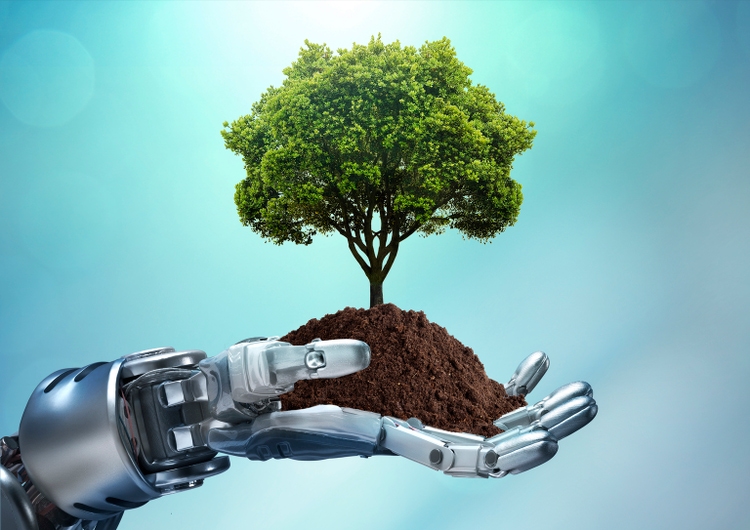
 English (US) ·
English (US) ·